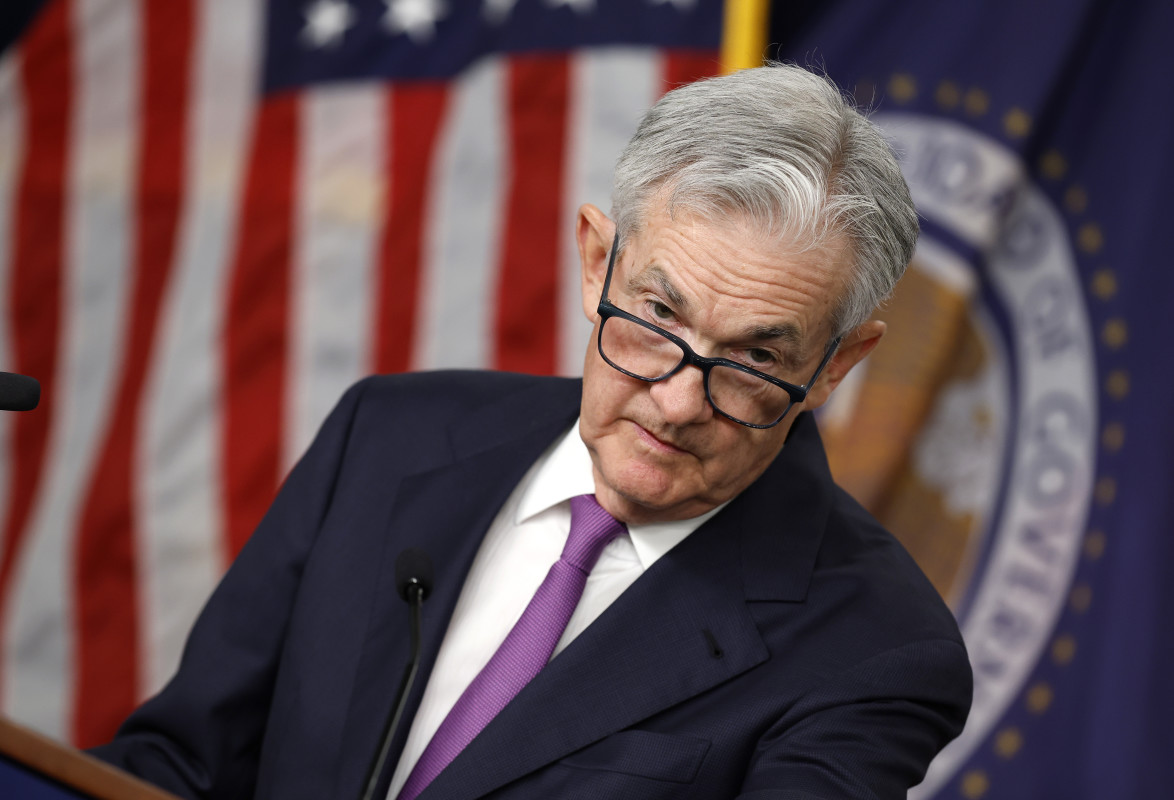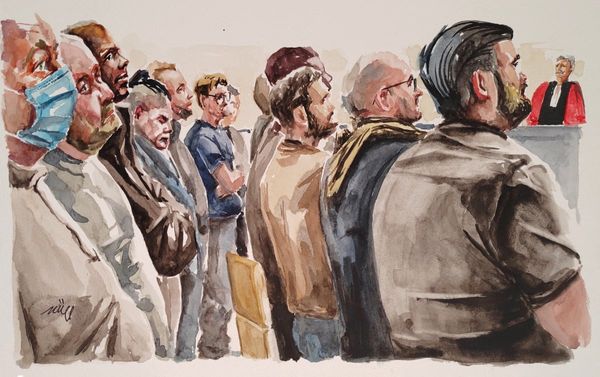
Recession forecasts, like virtually every other aspect of futurism in financial markets, are closely linked to the "broken clock" theory of ultimate accuracy.
In other words, while they're certain to come good, they're much less accurate as to when, which is where their true value really lies.
The broadest Wall Street consensus, centered on signals from the bond market, Federal Reserve rate hikes and the likely impact they would have on hiring, had a 2023 recession as a near certainty.
Well, so far, it's the worst recession ever: The economy grew at an annualized rate of 5.2% over the third quarter, according to the Commerce Department's most-recent estimate. And did it so more efficiently, with slower inflation, less consumer spending and solid corporate profits.
The Atlanta Fed's GDPNow forecasting tool, meanwhile, pegs current-quarter growth at around 1.8%, a notable slowdown heading into the final weeks of the year but solid enough to keep recession Cassandras at bay.
At least for the moment.
Related: Wall Street cheers lower inflation, but a new risk has investors on edge
"Although the (GDP) headline numbers were revised higher and look rosy, it is concerning that consumer spending is starting to roll over," said Jamie Cox, managing partner for Harris Financial Group in Richmond, Va.
"The increasing costs of higher interest rates are now at the consumer's doorstep. We'll see if this is one off or the beginning of a trend, the latter of which would put recession back on the table," he added.
But nothing we're seeing in the economy now, from layoffs to spending to corporate profit forecasts and beyond, suggests recession risks are lurking in the shadows.
Consumers spent a record $12.4 billion on Cyber Monday, the traditional bookend to the Thanksgiving holiday, with the National Retail Federation estimating some 200 million shoppers made in-store and online purchases, a 2% increase from last year's record.

Job market appears solid
Challenger Gray, the research group, said October job cuts fell 22% from the previous month to the second-lowest tally of the year, with "pandemic savings and higher wages helping many workers through economic uncertainty."
A good barometer of manufacturing activity around the Midwest region, measured by the Chicago PMI index, topped the Wall Street consensus by a full 10 points this month. That's the widest margin since the 1980s, and it ended nearly a full year of readings that signaled contraction.
All that said, pockets of weakness are emerging in the job market, where last week the number of Americans filing for repeat unemployment benefits rose to the highest level in two years, according to Thursday data from the Labor Department. Pending home sales slumped 8.5% in October, one of the sharpest declines in the index's two-decade history.
But weakness doesn't always mean recession. Earlier this week Fed Gov. Christopher Waller told an event at the American Enterprise Institute in Washington that he's growing more confident of a so-called soft landing — where inflation slows without a big spike in unemployment — provided he sees "several more months" of improving consumer-price data.
The Fed's preferred inflation gauge, the PCE Price Index, is providing some of that optimism, with the headline reading last month falling to a March 2021 low of 3% while the core eased to 3.5%.
Related: Fed inflation gauge cools again in October, adding to spring-rate-cut bets
Ackman calls on Fed to act to avoid hard landing
Billionaire investor Bill Ackman, however, told Bloomberg that the Fed needs to act sooner rather than later to avoid the risk of a hard landing, where the economy falls into recession, given that "the real rate of interest, which is what impacts the economy, keeps increasing as inflation declines."
Hard-landing evidence was hard to find in this month's Federal Reserve Beige Book summary of economic activity around the Fed's 12 regions, although the report showed slowing growth, cooler consumer spending and moderating price increases.
“Sales of discretionary items and durable goods, like furniture and appliances, declined, on average, as consumers showed more price sensitivity,” the report stated. “Travel and tourism activity was generally healthy.”
In fact, that's the kind of language normally reserved for the kind of slowdown the central bank is hoping to engineer, since it raised interest rates by 5 percentage points since March of last year, the most aggressive policy tightening in a generation.
Higher for longer interest rates?
It's also being expressed in stocks, with the S&P 500 up nearly 20% on the year, paced by the strongest monthly rally in two years, with earnings likely to grow by 5.4% over the fourth quarter to a share-weighted $458.5 billion.
Next year, LSEG data indicate, S&P 500 earnings will grow by 11.4%, the strongest advance in four years that doesn't include the post-pandemic surge.
"The Fed could find themselves in a sweet spot," said Jeffrey Roach, chief economist for LPL Financial in Charlotte. "Inflation is trending lower, the consumer is still spending but at a slower pace, and the Fed could end its rate-hiking campaign without much pain inflicted on the economy."
End its hiking campaign, yes, but will it turn to rate cuts as quickly as the market is projecting, with CME Group's FedWatch pegging the odds of a March reduction at 42.3%, with a June cut nearly a 93% lock?
New York Fed President John Williams pushed back hard on that idea on Thursday, telling an event in the city that "additional policy firming may be needed" if inflation were to surprise to the upside over the next few months.
And that upward move simply isn't going to come with a slowing economy, especially now that oil prices continue to slide and the dollar holds near multimonth lows against its global peers. Both those factors point to muted, but not recessionary, near-term forecasts.
"There are risks to the interest rate outlook in both directions," said Bill Adams, chief economist for Comerica Bank in Dallas, who forecasts around a 0.75 percentage point in Fed cuts next year, compared with the market consensus of 1 point.
"To the upside, an intensification of war in the Middle East could interrupt global energy supplies and cause inflation to rebound," he added.
"To the downside, the labor market could deteriorate more than expected, pressuring the Fed to pay more attention to the full-employment half of their dual mandate."
Investing can be hard. We make it easier. There are thousands of stocks you can invest your hard-earned money in. Our pros help you decide what stocks to buy and when to buy them. Sign up to find out what stocks we're buying now.







